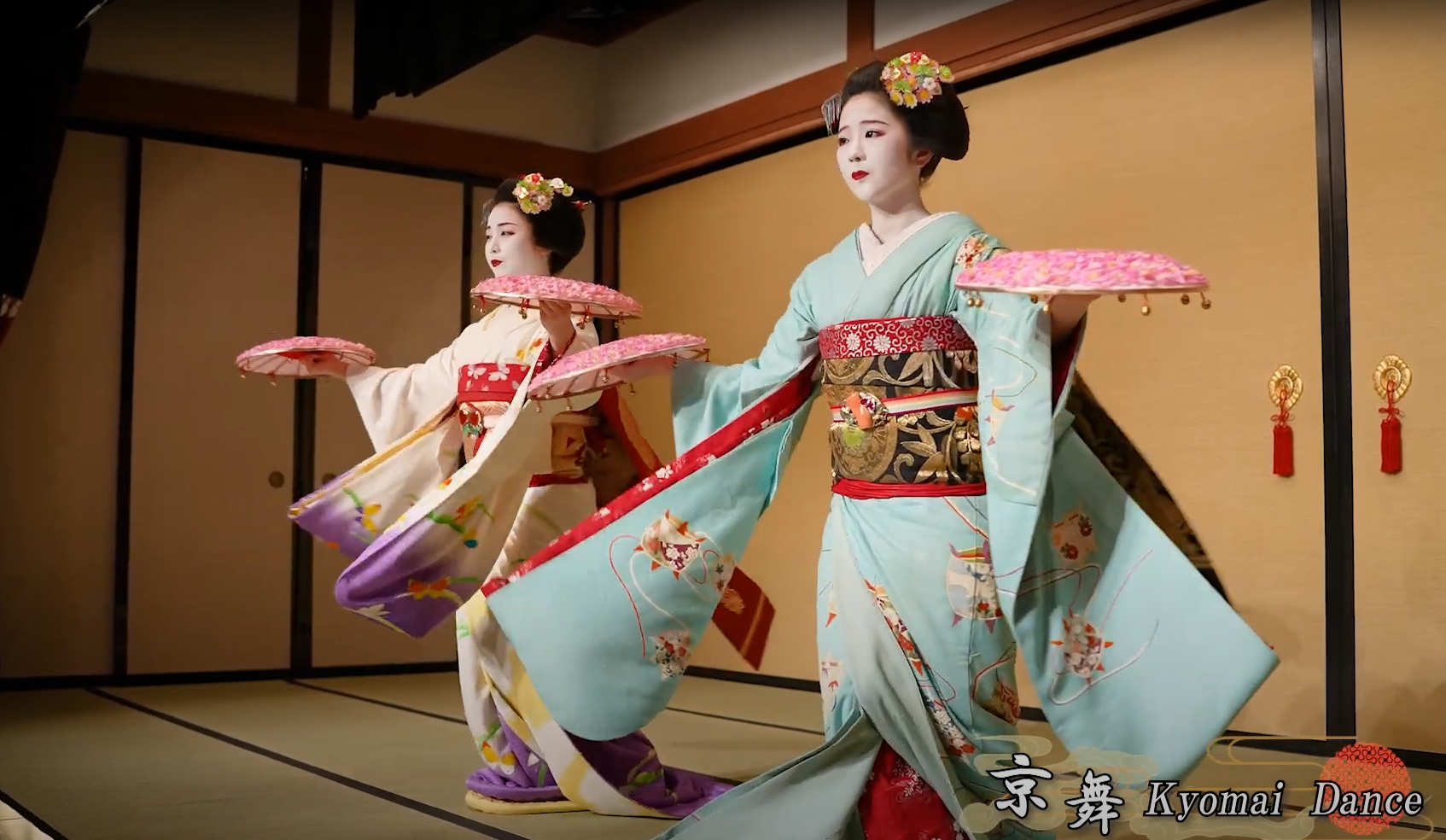Introduction
Gion is Kyoto’s most renowned geisha district, stretching along Shijo Avenue from Yasaka Shrine in the east to the Kamo River in the west. This area is home to numerous shops, restaurants, and teahouses, offering the perfect setting to appreciate geisha (known as “geiko” in Kyoto dialect) and their apprentices (called “maiko”). Gion is famous for its well-preserved traditional machiya townhouses and unique geisha culture, attracting visitors from around the world.
Main Features of Gion
- Traditional wooden machiya architecture
- Famous Hanami-koji Street and Shirakawa Area
- High-class restaurants and teahouses
- Geisha and maiko performances
- Traditional cultural experiences
- Unique shopping opportunities
Historical Background
Gion’s history dates back to medieval times when it developed to serve pilgrims visiting Yasaka Shrine. Over time, it evolved into a center of geisha culture. During the Edo period (1603-1868), Gion flourished as a bustling entertainment district, attracting merchants and artists.
Today’s Gion retains its traditional atmosphere while incorporating modern elements. The narrow machiya buildings are a distinctive feature, a design that originated from past taxation policies based on street frontage. These buildings, while only 5-6 meters wide at the front, often extend 20 meters deep.
Geisha Culture in Gion
Gion is one of Kyoto’s five hanamachi (geisha districts) and the most famous. Here, you might encounter geisha and maiko gracefully walking in their elaborate kimonos and wooden sandals.
Geisha and Maiko
- Geisha (Geiko): Professionally trained entertainers skilled in traditional arts such as dance, music, and tea ceremony.
- Maiko: Apprentice geisha, usually between 15-20 years old, with more colorful and elaborate attire and makeup than full geisha.
Geisha Experience
To experience geisha culture, consider these options:
- Teahouse experience: Enjoy geisha performances in traditional teahouses, though usually requiring an introduction.
- Geisha shows: Watch concentrated traditional performances at Gion Corner.
- Photography: Wait for chance encounters with geisha in Hanami-koji or Shirakawa Area during twilight, but remember to be respectful.
Note that authentic geisha experiences are expensive and often require advance reservations and introductions.
Main Attractions in Gion
1. Hanami-koji Street
Hanami-koji is Gion’s most iconic street, stretching 390 meters from Shijo Avenue to Kennin-ji Temple. It’s lined with well-preserved traditional machiya buildings and is the perfect place to soak in the old capital’s atmosphere and possibly spot geisha.
Key features:
- Intricate wooden lattice windows
- Hanging red lanterns
- Stone-paved walkways
High-class restaurants and teahouses, many centuries old, line both sides of Hanami-koji. At dusk, when the lanterns light up, the street takes on a mysterious and enchanting atmosphere, making it a paradise for photographers.
2. Shirakawa Area
The Shirakawa Area runs along the Shirakawa Canal, parallel to Shijo Avenue. It’s another picturesque part of Gion with a more tranquil atmosphere, perfect for evening strolls.
Main attractions:
- Tatsumi Bridge: A typical Japanese arched bridge, ideal for photos
- High-class restaurants: Many with rooms overlooking the canal
- Traditional teahouses: Offering geisha performances
The Shirakawa Area is known for its beautiful scenery of willow trees reflected in the canal. In spring, cherry blossoms along the canal banks create an even more stunning view.
3. Gion Corner
Located at the southern end of Hanami-koji, Gion Corner is a cultural experience center designed for foreign tourists.
Address: 570-2 Gion-machi Minamigawa, Higashiyama-ku, Kyoto
Performance times: Daily at 18:00 and 19:00, each show lasts about 50 minutes
Performance content:
- Tea ceremony demonstration
- Ikebana (flower arrangement) art
- Bunraku puppet show
- Kyogen comedy skit
- Kyoto music performance
- Traditional dance by maiko
This venue offers visitors a quick introduction to traditional Japanese arts. Although each segment is a brief showcase, it provides enough insight into these art forms’ essence.
Best Time to Visit
Spring (March-May) and autumn (October-November) are the best seasons to visit Gion. Spring offers beautiful cherry blossoms, while autumn presents stunning foliage. Additionally, the Gion Festival in July is one of Japan’s most famous festivals and an excellent time to explore Gion.
Getting There
From Kyoto Station, take bus number 206 (about 20 minutes, 230 yen) and get off at the Gion stop.
Alternatively, the nearest train stations are Gion-Shijo Station on the Keihan Line and Kawaramachi Station on the Hankyu Line.
Opening Hours and Admission
The Gion area is open 24/7 with no admission fee.
Gion Corner cultural performances:
- Times: Daily at 18:00 and 19:00
- Admission: 5500 yen
- Open year-round
Visitor Tips
- Respect the privacy of geisha and maiko; don’t photograph them without permission.
- Reservations for high-class restaurants and teahouses often require advance planning and introductions.
- Wear comfortable shoes as Gion is best explored on foot.
- Consider joining a guided evening walking tour to learn more about Gion’s history and culture.
- Shop for local specialties like sweets, pickles, and crafts on Shijo Street.
Official Website
Gion Corner official website: https://www.kyoto-gioncorner.com/en/
Conclusion
Gion embodies the essence of Kyoto’s traditional culture, offering an ideal place to experience Japanese geisha culture and the beauty of traditional architecture. Whether strolling through ancient streets, savoring exquisite Kyoto cuisine, or appreciating the elegant performances of geisha, Gion leaves visitors with unforgettable memories. Each attraction has its unique charm, collectively forming a district rich in traditional ambiance yet not lacking modern vibrancy. Whether interested in traditional Japanese culture or experiencing modern Kyoto life, Gion caters to various visitor interests. When in Kyoto, don’t miss this captivating historical district.

Leave a Reply